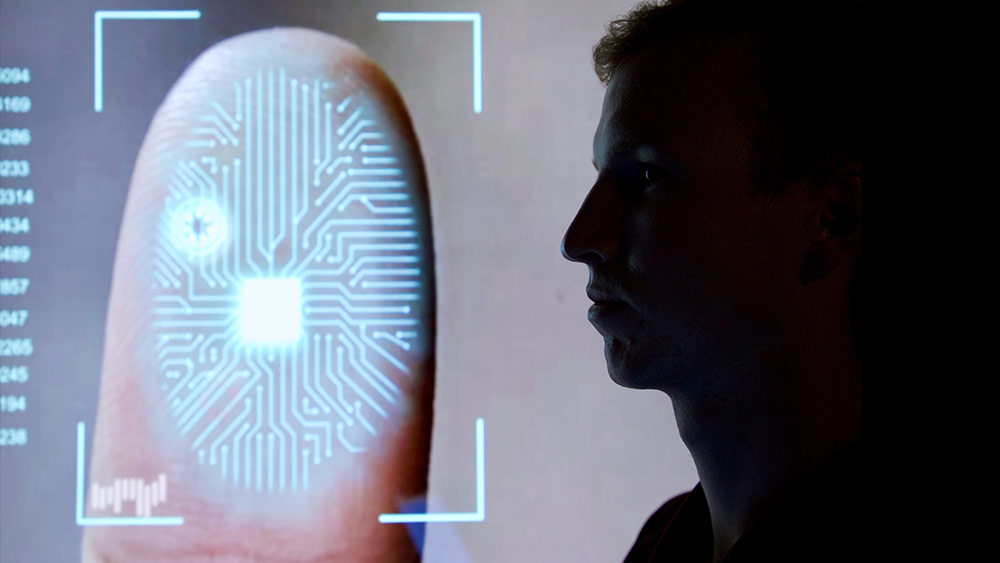Tell me about yourself:
My name is Logan Havern. I’m an industrial engineering major from The Woodlands, Texas, class of 2019.
What do you want to be when you graduate:
An entrepreneur.
What attracted you to the National Science Foundation (NSF) I-Corps Site program?
I was initially attracted to the program because it gave me an opportunity to validate my startup idea. I wanted to speak with people in industry to make sure my idea was viable, and the program created the perfect environment to do this.
How did you stumble into entrepreneurship?
I first learned about biometrics when I was working at JetBlue in New York City. They were testing biometrics in the boarding process, so I got some brief exposure to the technology. This sparked my interest and led me to begin exploring more about biometrics and its applications. The more I researched biometrics, the more my interest grew. After a few months, I knew that I wanted to be part of the rising development of this new technology.
What exactly are you trying to get off the ground?
Our goal is to help grow biometrics. We are trying to make it easier for companies to adopt biometrics by creating software that helps companies comply with biometric privacy laws. Regulation compliance is currently a huge impediment for companies trying to commercially apply biometrics. By helping companies surpass this obstacle, we can expand the use of biometrics.
This new technology has the potential to benefit countless people across various industries. For example, biometrics can be used to increase security access for personal bank accounts, or it can be used to reduce wait time in heavily congested areas like festivals, concerts, or airports. The benefits of this technology are truly expansive.
What did you get out of the I-Corps Site program?
The I-Corps Site program gave my co-founder and I a much clearer understanding of the most important step in developing a product. The required customer interviews helped us better understand the market and realize that our initial idea was not valid. Had we not spoken with over 30 potential customers about our idea, we would have created a product that was neither functional nor useful in the real world. This allowed us to focus more on understanding the market and figuring out what type of product was really needed.
I would not have been able to develop Blip without my co-founder Juan Pablo, my mentor Panos Moutafis with Zenus Biometrics, and the guidance from the I-Corps Site program. All three have been crucial to getting me to where I am today.

Could you have done this alone?
No. I would not have been able to develop Blip without my co-founder Juan Pablo, my mentor Panos Moutafis with Zenus Biometrics, and the guidance from the I-Corps Site program. All three have been crucial to getting me to where I am today.
What was the most impactful part of the program that really set your momentum?
The most important part of the program was my mentor, Panos. My mentor is the co-founder and president of a facial biometrics company. He met with me weekly and guided me every step of the way. He helped me to land key interviews and showed me the right questions to ask. Without his guidance, we would not have a grasp on the biometrics market. He has become our most trusted advisor on the project and provided us with ideas to enhance Blip in ways we did not even know existed.
What’s next for Blip?
Over the next few weeks, we will continue to conduct customer interviews to validate our product. Then we will begin development of our product and test the market with a basic solution. We also plan to pursue the national version of the I-Corps Site program in which teams are awarded additionally funding to help with more intensive customer research.
Click here for more information on the NSF I-Corps Site program.